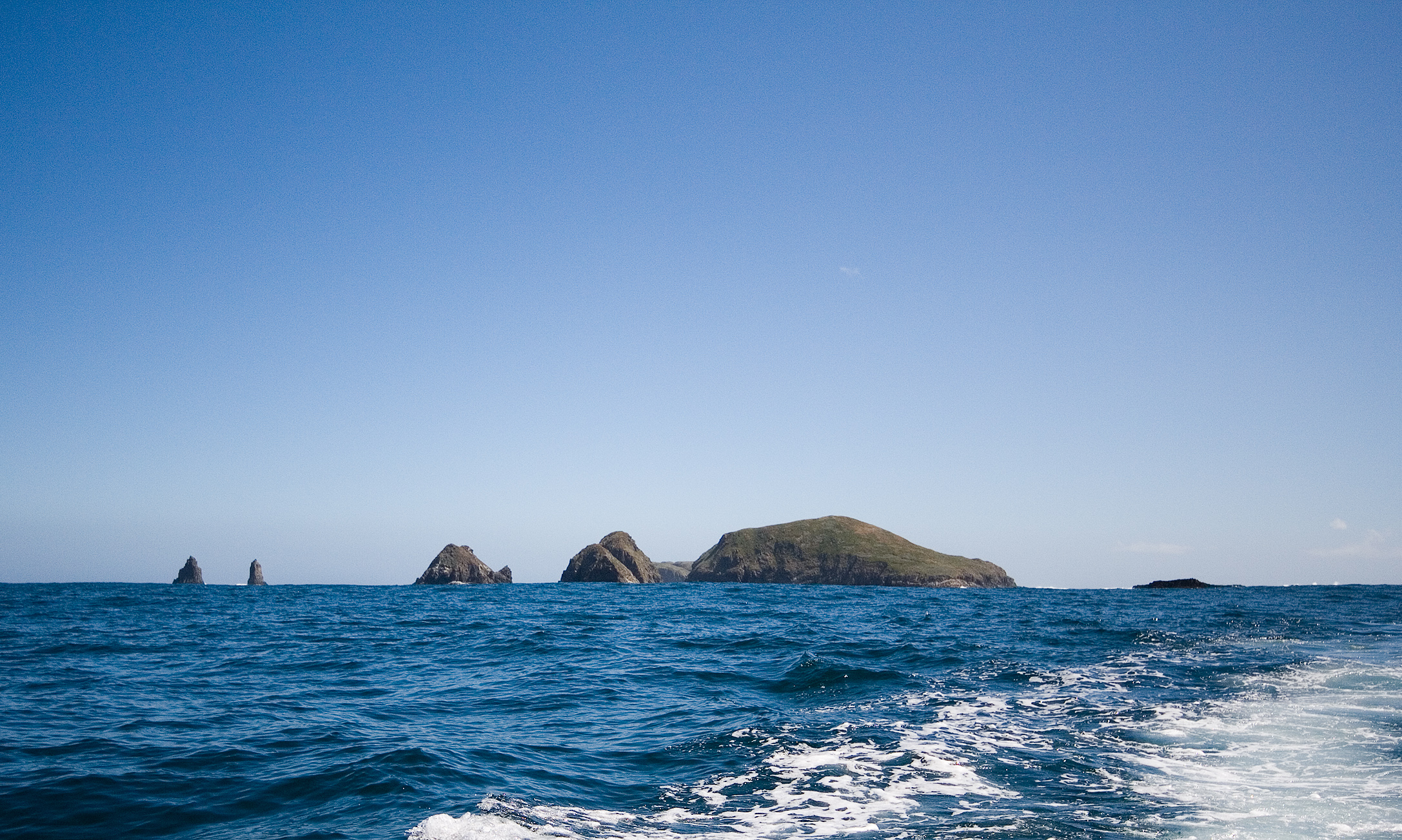The Friars (Tasmania) on:
[Wikipedia]
[Google]
[Amazon]

 The Friars are four steep
The Friars are four steep

 The Friars are four steep
The Friars are four steep dolerite
Diabase (), also called dolerite () or microgabbro,
is a mafic, holocrystalline, subvolcanic rock equivalent to volcanic basalt or plutonic gabbro. Diabase dikes and sills are typically shallow intrusive bodies and often exhibit fine-grain ...
rocks, with a combined area of about , in south-eastern Australia. They are part of the Actaeon Island Group, lying close to the south-eastern coast of Tasmania
)
, nickname =
, image_map = Tasmania in Australia.svg
, map_caption = Location of Tasmania in AustraliaCoordinates:
, subdivision_type = Country
, subdi ...
, at the southern entrance to the D'Entrecasteaux Channel
The D'Entrecasteaux Channel is a body of water located between Bruny Island and the south-east of the mainland of Tasmania, Australia. The channel is the mouth for the estuaries of the Derwent and the Huon Rivers and empties into the Tasman S ...
between Bruny Island
Bruny Island ( Nuenonne: Lunawanna-alonnah) is a island located off the south-eastern coast of Tasmania, Australia. The island is separated from the Tasmanian mainland by the D'Entrecasteaux Channel, and its east coast lies within the Tasman ...
and the mainland. They form part of South Bruny National Park
The South Bruny National Park is a national park located on Bruny Island, Tasmania, Australia, about south of Hobart. The park contains the Cape Bruny Lighthouse. The highest point of the park is Mount Bruny at .
History
The park also embr ...
.Brothers, Nigel; Pemberton, David; Pryor, Helen; & Halley, Vanessa. (2001). ''Tasmania’s Offshore Islands: seabirds and other natural features''. Tasmanian Museum and Art Gallery: Hobart.
The group was named The Fryars by Tobias Furneaux
Captain Tobias Furneaux (21 August 173518 September 1781) was an English navigator and Royal Navy officer, who accompanied James Cook on his second voyage of exploration. He was one of the first men to circumnavigate the world in both directions ...
in in March 1773.
, Chapter VII, entry for March 1773
Fauna
Recorded breedingseabird
Seabirds (also known as marine birds) are birds that are adapted to life within the marine environment. While seabirds vary greatly in lifestyle, behaviour and physiology, they often exhibit striking convergent evolution, as the same enviro ...
species are the little penguin, short-tailed shearwater, fairy prion
The fairy prion (''Pachyptila turtur'') is a small seabird with the standard prion plumage of blue-grey upperparts with a prominent dark "M" marking and white underneath. The sexes are alike. This is a small prion of the low subantarctic and sub ...
and common diving-petrel
The common diving petrel (''Pelecanoides urinatrix''), also known as the smaller diving petrel or simply the diving petrel, is a diving petrel, one of four very similar auk-like small petrels of the southern oceans. It is native to South Atlanti ...
. The metallic skink
:''"Metallic skink" may also refer to the garden skink ( Lampropholis delicata)''.
''Carinascincus metallicus'', the metallic cool-skink or metallic skink is a species of skink in the family Scincidae. It is endemic to Australia, found in sout ...
is present. Australian fur seals, and possibly New Zealand fur seal
''Arctocephalus forsteri'' (common names include the Australasian fur seal, South Australian fur seal, New Zealand fur seal, Antipodean fur seal, or long-nosed fur seal) is a species of fur seal found mainly around southern Australia and New Z ...
s, use the rocks as a regular haul-out site.
References
Islands of South East Tasmania South Bruny National Park {{Tasmania-geo-stub